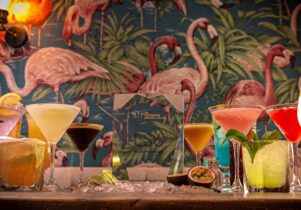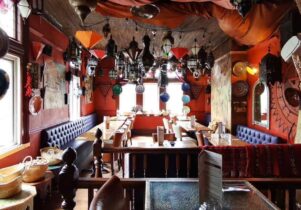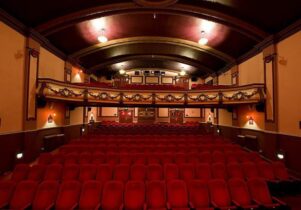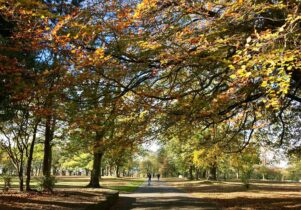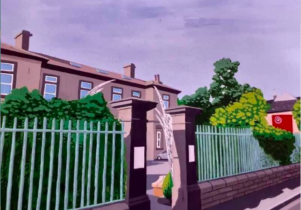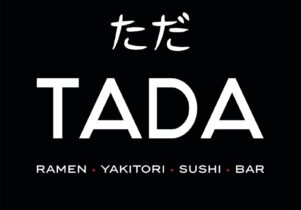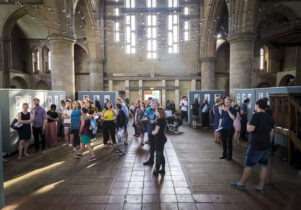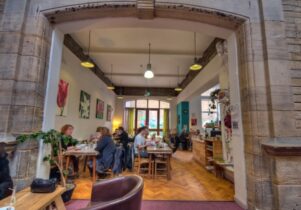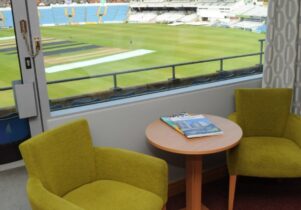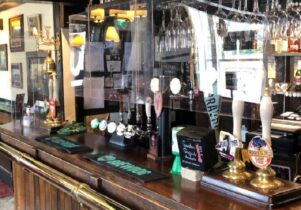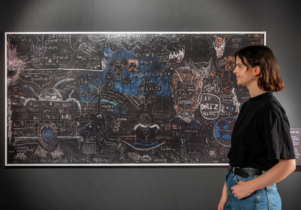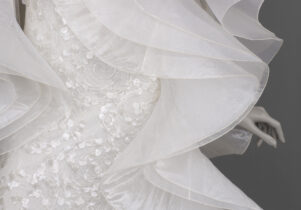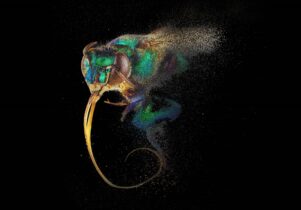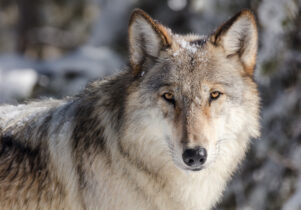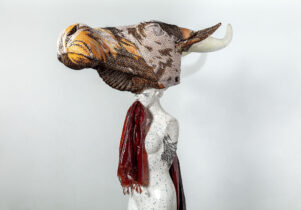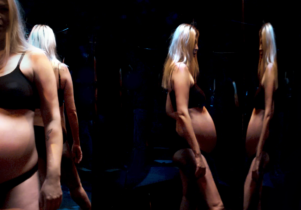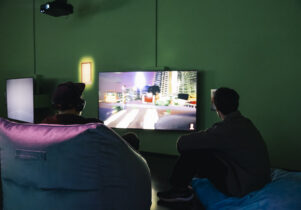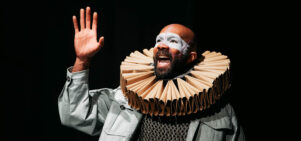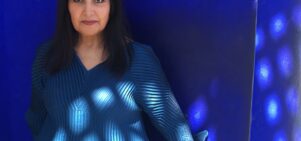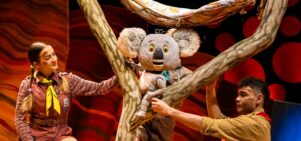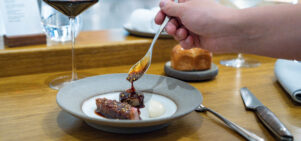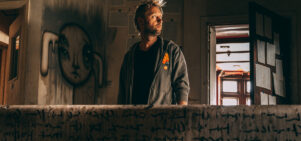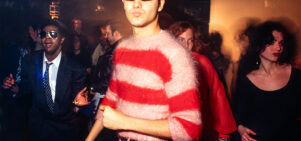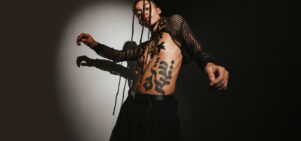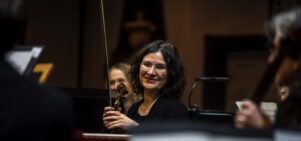Is This What We Have Left? at Hyde Park Book Club
Maja Lorkowska, Exhibitions Editor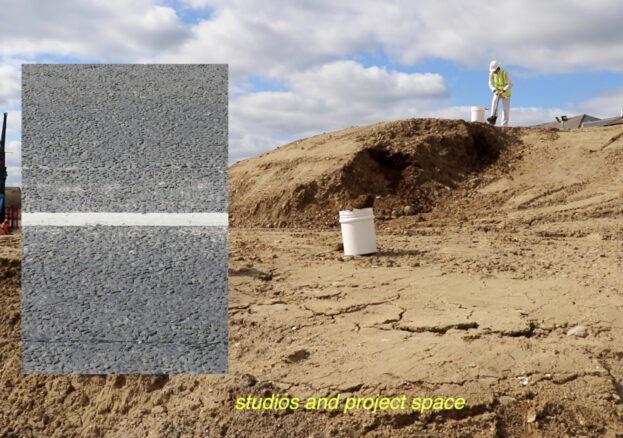
Hyde Park Book Club welcomes a brand new, three-artist exhibition Is This What We Have Left?, featuring work from Kate O’Neill, Marta Dyszkowska and James Thompson. Focusing on space, particularly public space and gentrification, the artists look at these issues from the perspective of creatives who often see the development of spaces only to be driven out of them soon after.
Is This What We Have Left? is made up of ephemeral traces and physical records of cultural and art-making locations, creating a brand new fictional space at HPBC. The works on display consider the stories of specific buildings and the people who used them, communities that focused their activities around them and where they are now.
While the work is mostly using the example of Belfast as a rapidly changing city where cultural spaces are regularly disappearing, viewers are invited to use this as a starting point for thinking about our own cities. Whether the changes are socio-economic or architectural, the exhibition is asking the titular question – is that what we have left, having worked here for years? Are the experiences we’ve had in these spaces being erased?
James Thompson takes a look at the Tetley in Leeds – an arts organisation with 10 years of history in the former brewery building moved last year, after its lease had ended. Thompson spent five months creating videos and sound recordings, as well as casts, rubbings and clay pressings in order to preserve the essence of the space.
Marta Dyszkowska has been recording the loss of spaces in Belfast through photograph etchings and films, including the demolition of her old studio. She mainly works in video, photography, installation and performance, and she describes her practice as “highly intimate while serving as a social commentary”.
Also based in Belfast is Kate O’Neill. Her works draws attention more to the activities happening in those lost spaces, rather than the spaces themselves. Long craft processes lead her practice, with ceramics, casting, wood carving and textiles, some of which are related to her family history. The slow and multi-step processes of intricate crafts serve as an antithesis to the rapid change taking place outside. Viewers can sit and enjoy the work, its stillness and the skill involved in making it.

